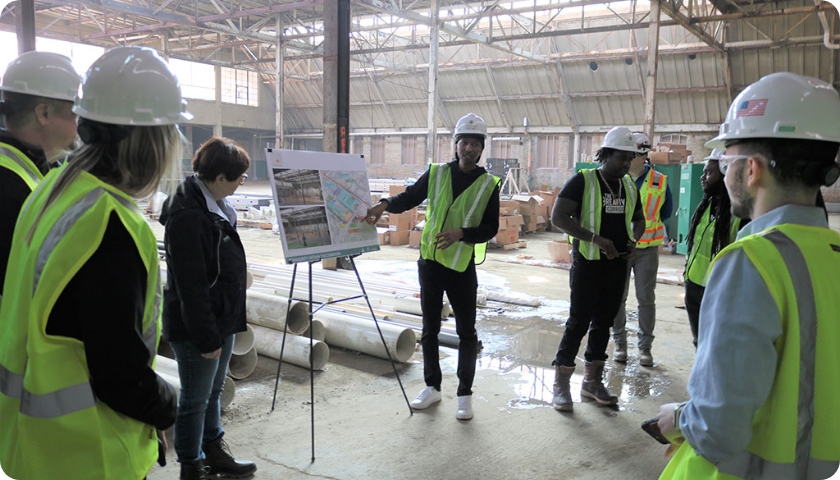Subscribe for Insights and Updates
Keep up with the latest in Wisconsin economic development strategy and successes, community revitalization, and business growth by subscribing to WEDC communications. Please select your topics of interest to start receiving updates and insights from WEDC.
FWD Thinking
Receive updates about exporting, entrepreneurship, business attraction, and more.
Thrive
A quarterly newsletter providing a comprehensive perspective on economic development in Wisconsin. Includes trends, funding opportunities and success stories.
Envision
A monthly newsletter connecting people to local places, with information, updates, insights and best practices for community and downtown development in Wisconsin.
Prosper
A monthly newsletter dedicated to providing insightful information and resources regarding rural Wisconsin.

